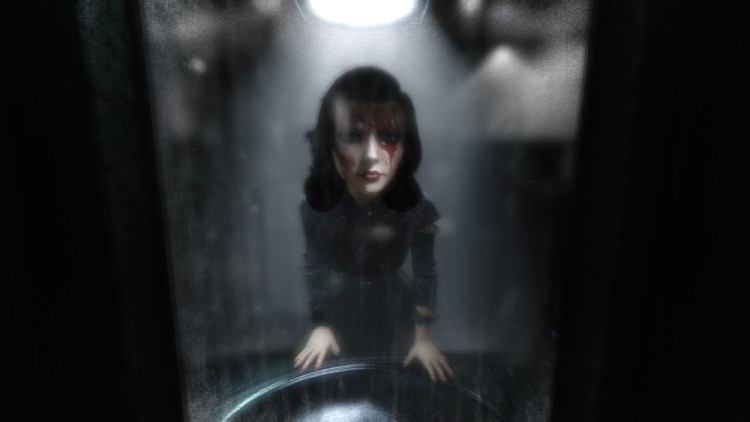This contains spoilers for BioShock: Infinite and its first DLC, Burial at Sea.
I can barely remember what I had for breakfast Monday, let alone the fine details of a game I played almost a year ago.
But that’s exactly what BioShock Infinite is asking us to do with its final piece of downloadable add-on content, Burial at Sea: Episode Two. Released this week for PlayStation 3, Xbox 360, and PC — and coinciding with the one-year anniversary of BioShock Infinite — Episode Two wraps up the story of its two main characters, Elizabeth and Booker DeWitt. This time around, you get to play as Elizabeth as she tries to escape from Rapture, the underwater dystopia that was the main setting of the first BioShock.
But unless you played through BioShock (which came out in 2007) and BioShock Infinite recently, it’s difficult to remember all of their complicated plot twists and characters. The short summary video that accompanies Episode Two is a good starting point, but it glosses over some crucial areas … and I know this because I was totally confused when I finished the game the other day. After tirelessly searching for answers online, I selected six moments from BioShock history that you need to remember before finishing the DLC.
Hopefully, this will make Burial at Sea’s ending a little easier to understand (you can see the best theories about it here).
‘A man chooses. A slave obeys’
A pivotal moment in the first BioShock is finding out what the hell is going on between you (a silent character named Jack), Rapture mastermind Andrew Ryan, and the supposed people’s champion, Atlas. In the speech above, Ryan reveals that Jack has no free will of his own and is genetically conditioned to obey any orders preceded by the phrase “Would you kindly?” This causes Jack to do terrible things, such as hijacking his plane, and, as Ryan demonstrates, murdering people without mercy.
This also shows that Atlas, who helped you up until this point, isn’t a real person. It was merely a disguise for Frank Fontaine, a criminal who rose to power by smuggling in items from the surface and creating a business around developing and selling Plasmids, the fluids that gave you powers when injected into your body. He became so strong that the tension between him and Ryan eventually led to an all-out war for the control of Rapture. Fontaine also took Ryan’s bastard son, Jack, when he was just an embryo and placed him in a lab where Dr. Brigid Tenenbaum and Dr. Yi Suchong ran experiments on him. In addition to implanting the infamous activation phrase, Jack aged at an accelerated pace, and the doctors gave him fake memories of growing up with a family.
Calling him his “ace in the hole” in his war against Ryan, Fontaine sent Jack up to the surface when he was just 2 years old, where he would stay until the criminal needed him.
‘You gave them the one thing that was stolen from them — a chance’
If you save — and not harvest — most of the Little Sisters, you get BioShock’s “good” ending. After the boss fight with a juiced-up Fontaine, Tenenbaum sends the remaining Little Sisters to kill him with their ADAM extraction needles. Now free of their bonds with Rapture, the girls go back to the surface with Jack, and he raises them as if they were his own daughters, giving them a chance to finally have normal lives.
The significance of nose bleeds in BioShock Infinite
After crossing into an alternate reality from Chen Lin’s cell in BioShock Infinite, you meet dazed soldiers who are bleeding from their nose, soldiers that you killed in your world. Even though these men are alive in this timeline, they still remember their other selves dying from Booker DeWitt’s hands. Their minds are unable to reconcile these competing memories, resulting in strange physiological reactions like the nose bleed. Later on, DeWitt experiences a few nose bleeds himself whenever he talks to Comstock.

